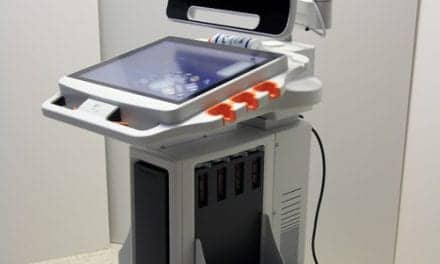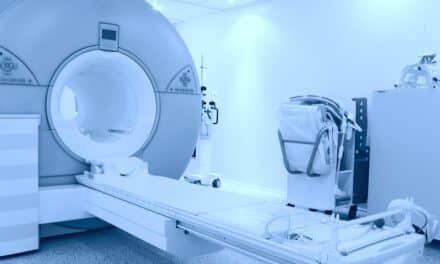Study results published in the current issue of British Journal of Urology International show that software that registers and fuses information from MRI and ultrasound images enables intraoperative visualization of tumors. This technology has the potential to support new tissue-preserving treatments for prostate cancer, such as focal therapy.
In the study, “Image-Directed, Tissue-Preserving Focal Therapy of Prostate Cancer: a Feasibility Study of a Novel Deformable MR-US Registration System,” researchers from University College London evaluated the feasibility of using a computer-assisted, deformable image registration software to enable three-dimensional, multi-parametric MRI-derived information on tumor location and extent to inform both the planning and treatment phase of focal high intensity focused ultrasound therapy using SonaCare Medical’s Sonablate 500 system.
Within the multi-center INDEX Trial, this pilot study employed computer assisted MRI-US image registration software within the planning of the first 26 men with a MRI-visible tumor treated at UCL with HIFU using a tissue-preserving quadrant, hemispheric (hemi) or extended hemi ablation therapy. Results demonstrated that the software, developed at UCL, enables information of tumor location to be used for therapy planning using the Sonablate 500 system without adding significant extra time to the standard procedural workflow. Such planning is particularly important for new tissue-preserving treatment approaches to ensure that the tumor is completely treated.





